Name Gillis Mostaert | ||
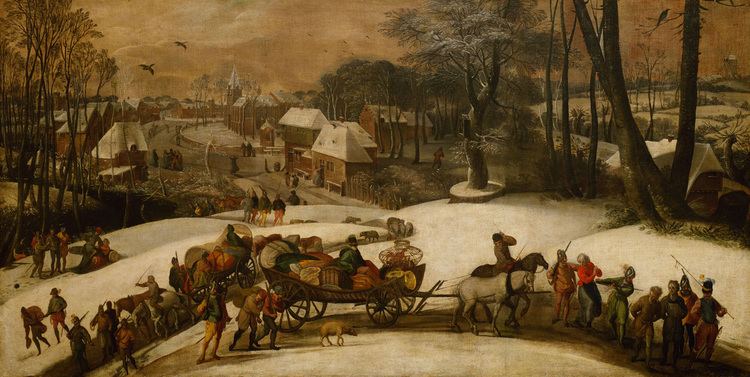 | ||
Died December 28, 1598, Antwerp, Belgium | ||
Josef Fiala - Concerto in E-flat major for cor anglais
Gillis Mostaert (I) (1528 – 28 December 1598) was a Flemish Renaissance painter and draughtsman active in Antwerp in the second half of the 16th century. He was a prolific artist who worked in various genres including landscape, genre and history painting and regularly collaborated with leading Antwerp artists.
Contents

Oblivion - Astor Piazzolla (HD)
Life
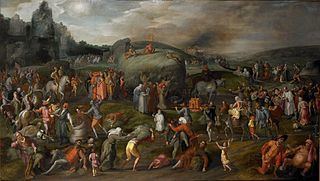
Gillis Mostaert was born in Hulst. According to the early artist biographer Karel van Mander Gillis Mostaert was the son of a common painter, the twin brother of the painter Frans Mostaert and the grandson of the painter Jan Mostaert. While his brother Frans became a pupil of the landscape painter Herri met de Bles, Gillis studied landscape painting with Jan Mandijn. Van Mander recounts that both brothers joined the Antwerp Guild of Saint Luke in 1555. However, since Frans received a registered pupil in 1553 it is more likely that Frans had become a master in the Guild earlier.
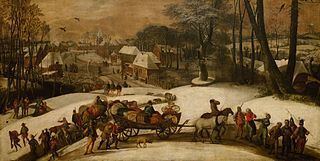
He married Margareta Baes in 1563 and the couple had six children. He was well-respected by his fellow painters. The painters Pieter Balten and Crispin van den Broeck were godfathers to his children born in 1571 and 1588. Inventories of art collections from his time show that his work received patronage of well-off private clients since they contained many expensive cabinet paintings of Mostaert.
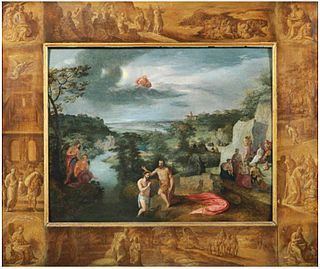
He died in Antwerp. It is believed that he was heavily indebted at the time of his death and that the contents of his workshop was sold off or distributed to creditors to pay off these debts.
Work
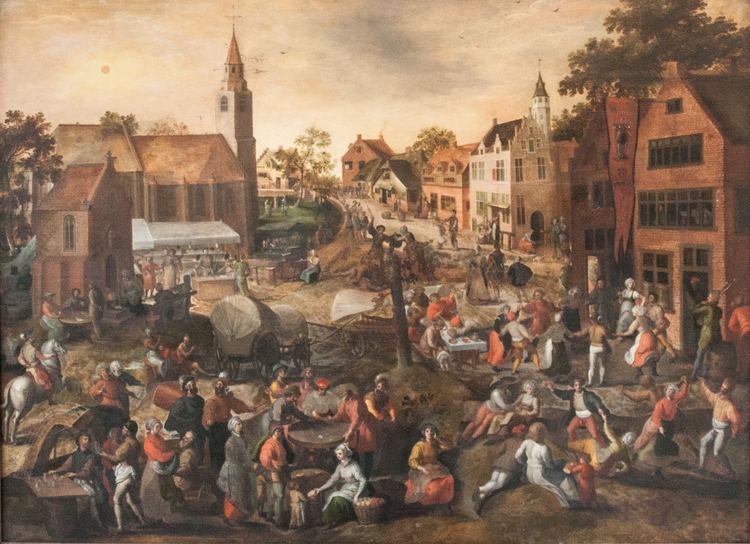
Very few works can be attributed with certainty to Gillis Mostaert as he signed few of his paintings. He likely operated a large workshop with an important output of work. He seems to have worked mainly for private clients to whom he supplied pictures in a wide range of subjects including market, fair and village scenes, the four seasons, winter landscapes, scenes of war, hell and fire images, religious subjects as well as parables and allegories. He is believed to have played an important role in the development in Antwerp of genre and landscape art characterized by its depiction of many small figures. To him is attributed the introduction into genre scenes of the Mannerist style of representing the human figure that was typical for the Antwerp Mannerists of the Frans Floris School.
He was active as an imitator of Hieronymus Bosch. He produced various versions of the Haywain (also known as the Allegory on worldly and clerical abuses (e.g. Rijksmuseum on loan to the Museum Catharijneconvent). For these compositions he drew his main inspiration from one of the five tapestries after Bosch that were woven for Cardinal Granvelle in Brussels in 1566. The picture is an allegorical painting, which satirizes the Roman Catholic Church. The battle for the hay represents the greed that leads to strife, misery, death and destruction. The 16th-century meaning of the expression "It's all hay" was: it's all worthless, a deception. Mostaert has depicted monks and church dignitaries in the closest proximity of the haywain. Throughout the composition the seven deadly sins are represented: gluttony, sloth, envy, avarice, pride, wrath and lust. For instance, a man on the far left has fallen asleep on a bag of hay and represents sloth.
An interesting composition attributed to Mostaert is the Passion play on the main square in Antwerp (also known as Ecce Homo) (Royal Museum of Fine Arts Antwerp), which earlier was believed to depict a performance of a passion play on the main square of Antwerp, but could also be an allegorical representation of the Ecce Homo scene in which Pontius Pilate shows Jesus Christ to the crowd. The painting depicts the Gothic style city hall of Antwerp before it was replaced in the 1560s by the current building in Renaissance style.
Mostaert is regarded as the inventor of paintings of biblical scenes, which are framed on all sides by smaller scenes in grisaille painted on wood. An example is The Baptism of Christ (Fondation Custodia). Mostaert started creating these composite paintings from the 1570s onwards. His paintings in this style were formerly often ascribed incorrectly to Frans Francken the Younger who painted similar scenes into the 1620s.
He was sought after as a staffage painter and painted the figures in landscapes of his Antwerp colleagues such as Cornelis van Dalem (to whom he introduced Bartholomäus Spranger as a pupil), Marten van Cleve and Jacob Grimmer.
